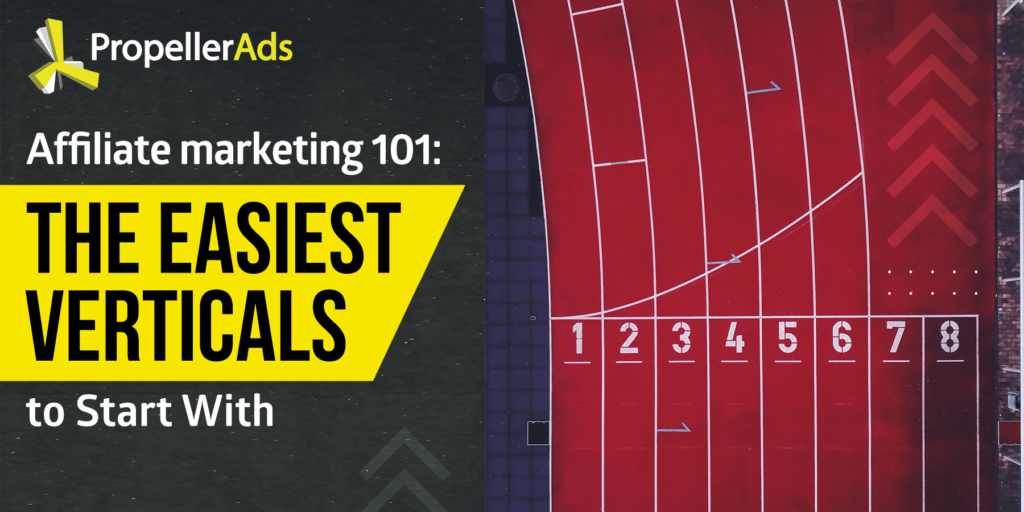How to Analyze Campaigns: A Beginner’s Checklist

Analyzing your affiliate campaign is a great way to familiarize yourself with the details that affect your efforts. Besides learning about the audience, you’ll be able to identify mistakes and setups that aren’t producing the results you’re looking for – but you’ll also find a set of solutions that can help you overcome these challenges.
Below, we’ve put together a beginners’ checklist to help you analyze your campaign and find steps to improve its performance.
Why Do You Need to Analyze and Assess Your Campaign?
The biggest difference between digital marketing campaigns and traditional advertising like print media is the ability to alter your campaign once it’s already been launched. This is called the campaign optimization and it’s a critical step that’s crucial in all types of online advertising – and affiliates are no exception.
Instead of having to wait until your campaign if finished to analyze its performance, you can now track the number of users that interact, how they do it, and the results you’re getting while your campaign is still live. And, as if that wasn’t enough, you can also make adjustments to your ads, change details like the scheduling, and test out different variations to verify which one produces the best results.
How to Analyze Your Campaigns: A Beginner’s Checklist
Now that we’ve gone over the importance of analyzing your campaign, let’s go over the techniques to help you assess the performance of your efforts. In order to analyze your campaign successfully, the three elements you should pay the most attention to are:
Key Metrics
Style and product quality are essential, but the one thing that all affiliates care the most about is money. Therefore, the best way to determine success is to measure the amount of money you’re making. If your funds are low, it means your campaign is not performing at max capacity.
The key metrics you should always assess and analyze include:
- Timing: Literally details how long the campaign has been running for
- ROI: Return on income helps calculate the total amount of money spent, earnings, revenue, and much more
- Impressions: Are the number of visitors that see your creatives
- Number of Visitors: Total number of visitors for both pre-lander and offer page
- Total Conversions and Conversion Rates: Conversions are the visitors that complete the desired behavior, and conversion rate is the ratio at which they convert expressed as a percentage
Starting Point: ROI
Once you have enough information collected about a campaign, you should decide whether it’s profitable or if you’re better off looking for a new offer. If it’s profitable, you should optimize it in order to ensure that your profit margin is as big as possible.
| Negative ROI | Zero ROI | Positive ROI |
| Case 1. If you have a negative ROI, it means you’re not getting conversions even if you have some clicks. This may be due to irrelevant creatives, tech issues, and other problems, so you may be better off finding a new offer that is more suited to the creatives you have. Case 2. If you have a negative ROI but a lot of clicks, you may be able to optimize this campaign and still get a little something out of it. | If you have a zero ROI, it means that you’re spending the same amount of money that you’re making – so you’re breaking even! This shows that the offer has loads of potential, so you should focus on optimizing it and finding the combination that yields the results you want. | A positive ROI means that you’re already making a profit, but most importantly, it means that the offer and your creative work well together, thus ensuring that your campaign has the potential to be a major hit. |
Identifying Where the Problem is Located
Lastly, you need to take a look at your flow in order to figure out where problems are arising. The best way to do this is to set up a simple flow, like for a single opt-in (SOI) offer and a funnel for push notification, for instance:
Push -> Pre-Lander -> Landing Page
Then, you need to ask yourself: where does the user drop out?

If the users don’t reach the pre-lander, it means that there is something wrong with your push creative. This is extremely broad and can be related to the relevancy of your creative, the language you use, and creative elements – all of which you have to test carefully.

If your visitors reach the pre-lander but drop out at this point, there is something wrong with the pre-lander itself. You should compare the number of visitors that arrive at the pre-lander and the number of visitors that are directed onto the landing page. If there is a huge difference, you may need to fix the creatives and technical parts of the pre-lander. You can also consider testing the offer without a pre-lander and adjusting your targeting setting for a move relevant audience.

Finally, if you’re getting traffic to the landing page, you need to make sure it’s converting as well. If not, some of the most common issues include:
- Form-related issues (too many questions, a user doesn’t want to add personal info, etc.)
- Creatives aren’t good enough
- Technical issues
- Problems with the CPA offer
Stay Tuned for the Second Part of Our Campaign Analysis Checklist!
Part II. 2 Campaign Optimization Strategies: What Route is Best for You?
Analyzing and learning as much as you can about your campaign is crucial to the success of your efforts. The tips above should help you get a better idea of how to analyze your campaign and figure out what the winning formula is. And, if you want to learn more, stay tuned for the second part of our campaign analysis series to get a good idea of what you should do next.
Feel like discussing it on our Telegram chat?


